How marketers can improve their storytelling

Digital storytelling is becoming a key tactic for high-performing marketing teams.
In this guide, we offer our top nine tips on how marketing teams can get better results with digital storytelling.
But before we get started: what exactly do marketers mean by digital storytelling?
From our experience at Shorthand, marketers first and foremost want their content to incorporate rich media, including photographs, illustrations, and video.
Second, marketers want to use advanced web-based storytelling techniques, such as scroll-based image transitions and animation to deepen the reader experience. One great example of these techniques in action is 'The boat that disappeared,' from the BBC.
We'll cover:
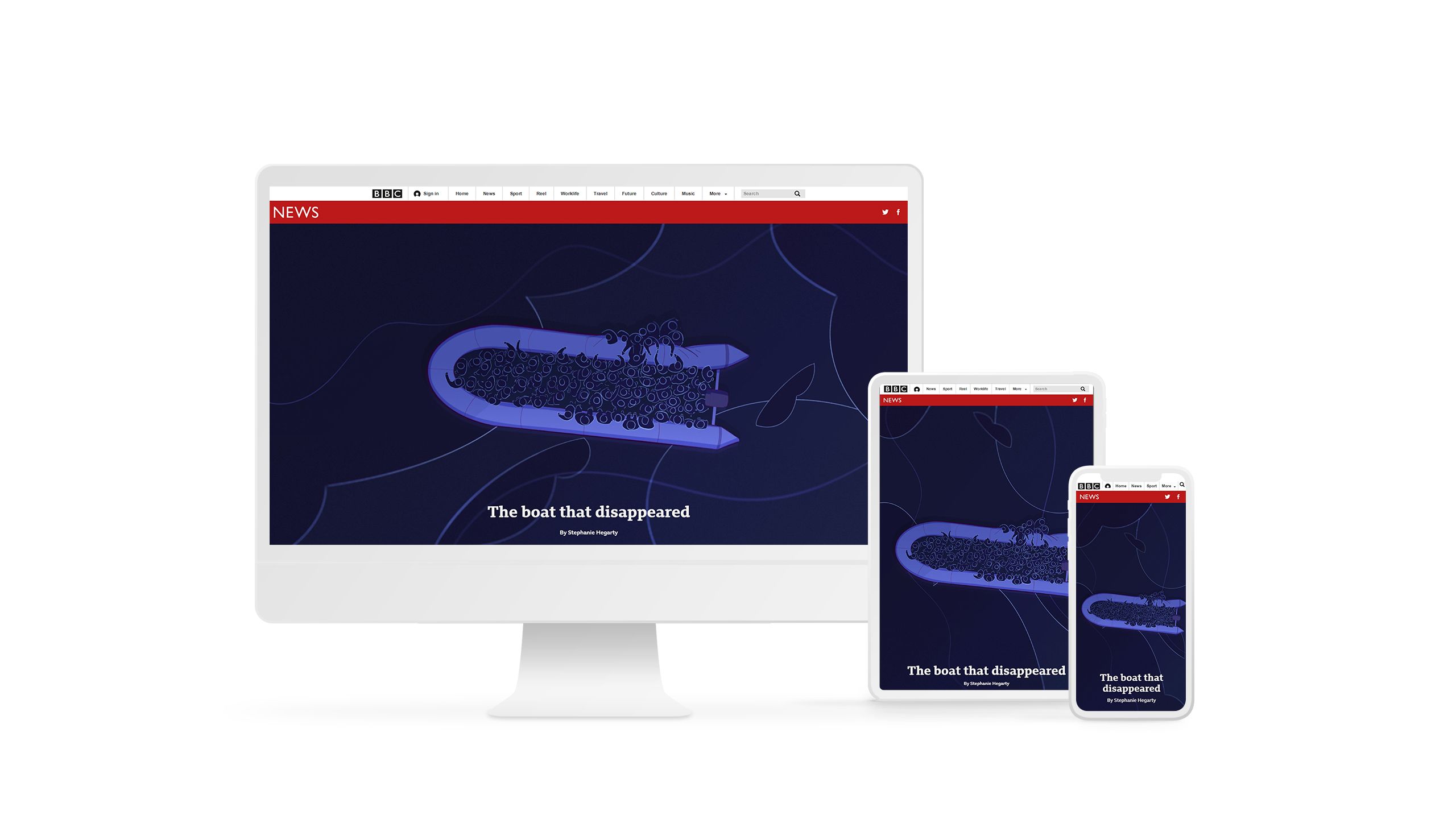
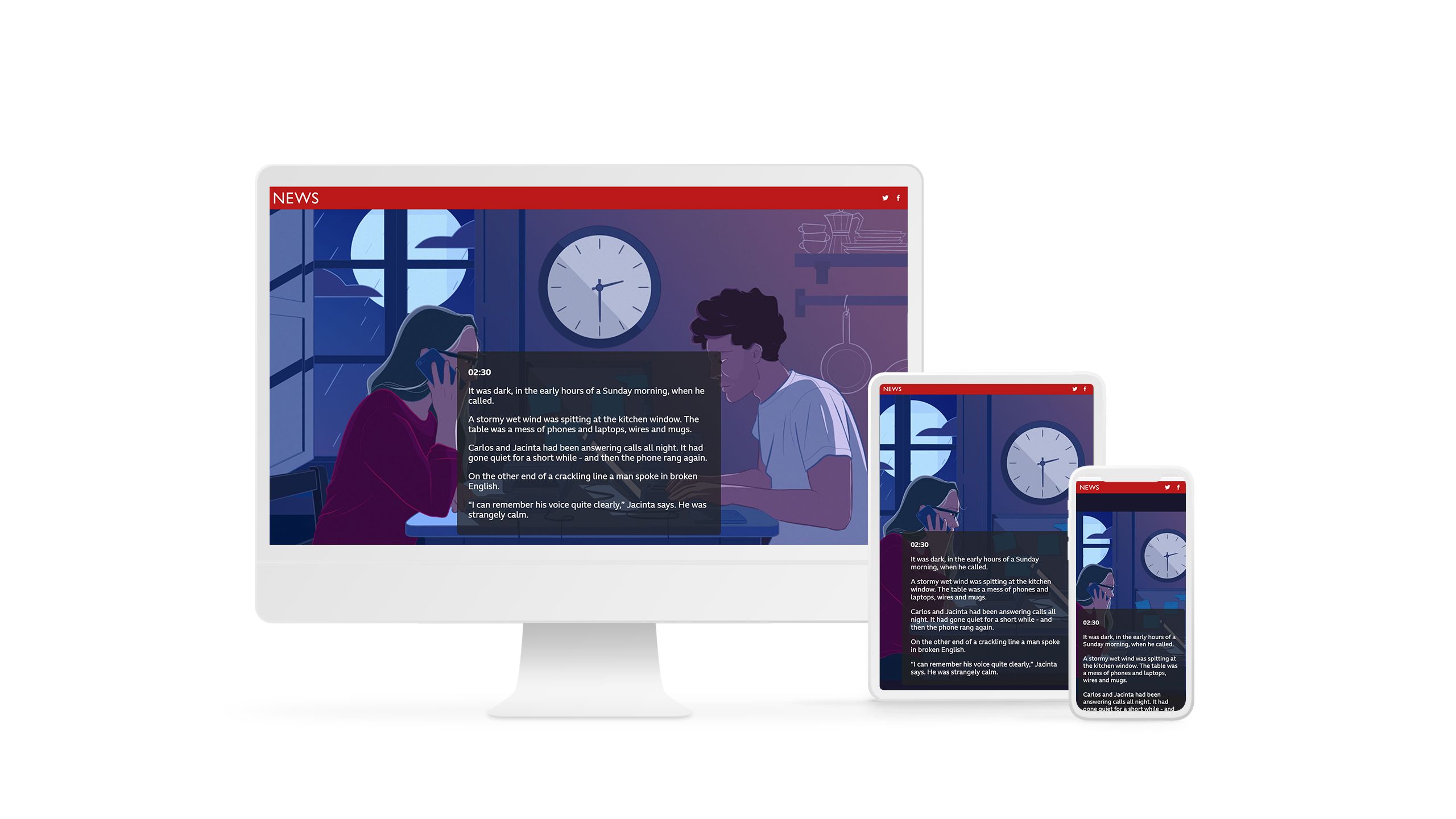
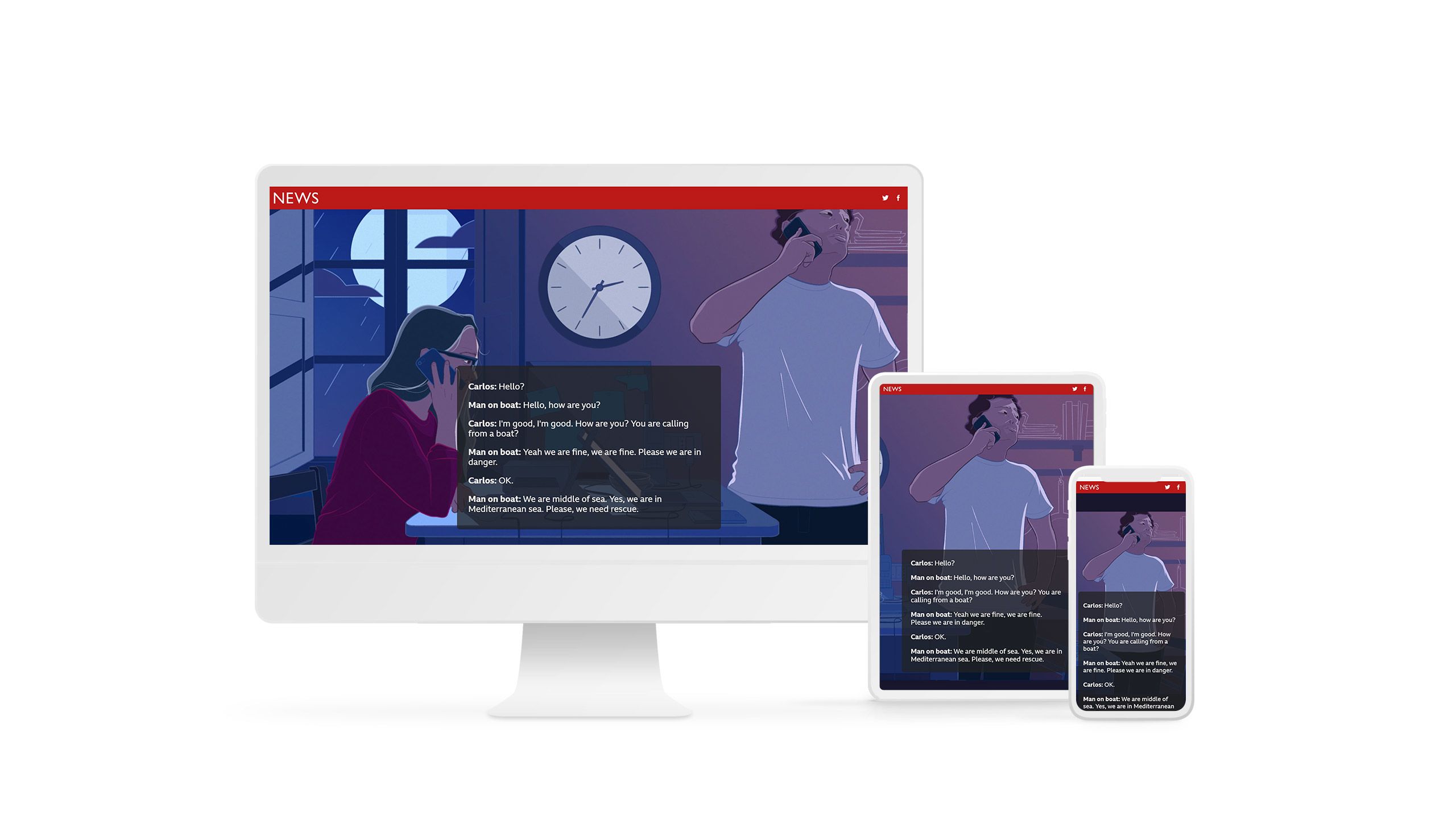
These stories look amazing, and they make for great, immersive reading experiences.
But that’s not why marketers are turning to digital storytelling.
Great digital stories get better results
Ultimately, the main reason marketers want to tell digital stories is so they can get better results — performing better in engagement, read time, bounce rates, click-through rates, and other content marketing metrics.
As Nick Bennett, Digital Content and Social Media Section Manager at Honda UK, says: “ROI is everything. You want to make sure you are delivering commercially to support the needs and requirements of the business.”
And he’s been getting results. Since moving his content hub from his old CMS to digital storytelling platform Shorthand, the average time on site increased by 85%.
Imperial College London’s marketing team has also been getting results from digital storytelling. Since launching with Shorthand, they’ve seen 142% higher average unique pageviews, and 50% higher average time on page. Its story 'Mission to the Sun' is a stellar example of its work.
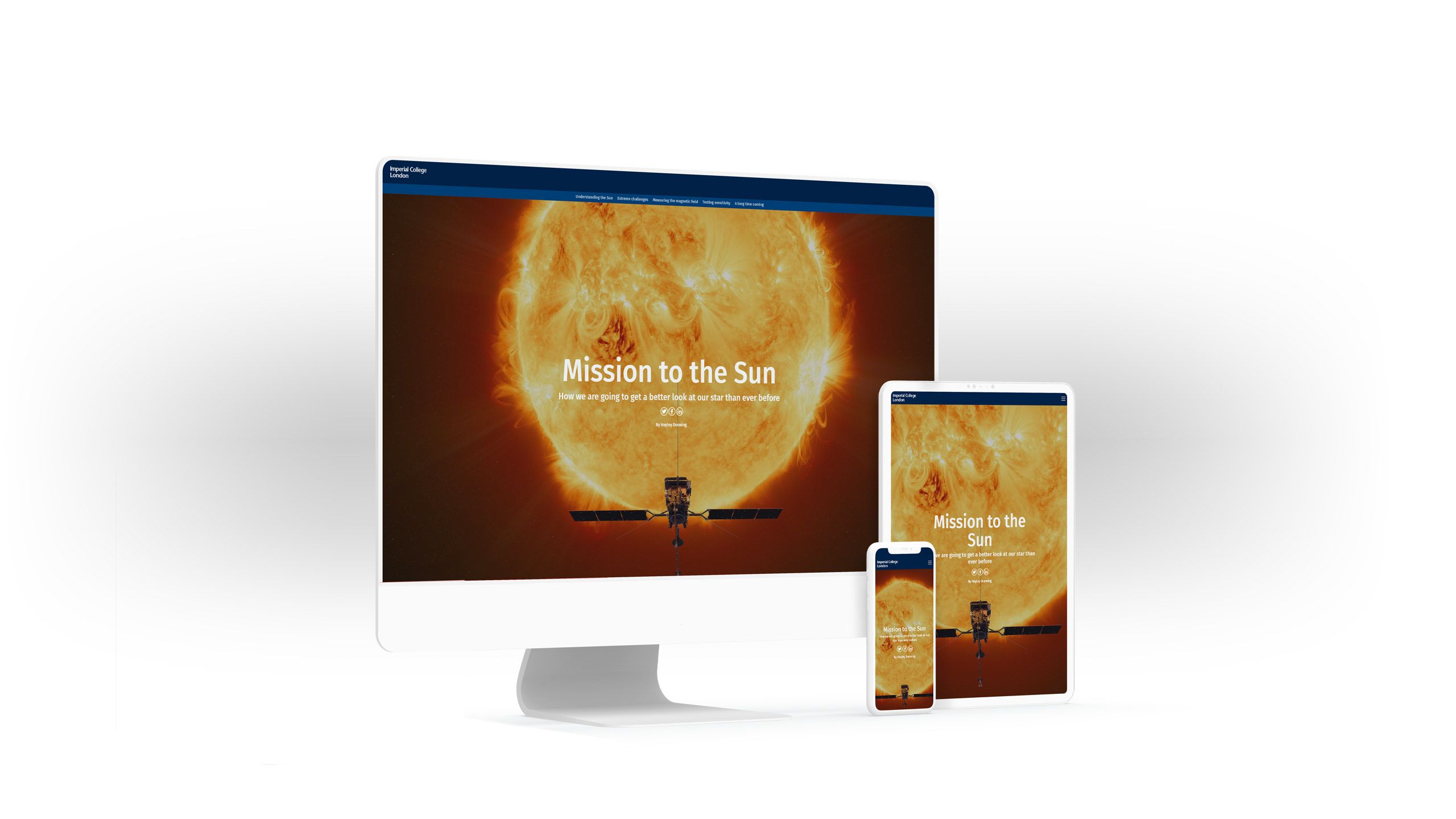
As more marketing teams look to replicate these results with their own digital stories, we thought we’d pass on what we’ve learnt working with the world’s best storytelling teams.
1. Define your personas
The most important task for digital storytelling — as with non-digital storytelling — is to define your audience. For marketing teams, this is usually expressed as a small number of key personas.
The more you understand about your personas — including their professional status, their interests, their background, and more — the more effective and impactful your story will be.
These personas will help you make key creative decisions as you build out your digital story. Should you include data visualisations? Cute illustrations? Video? Dad jokes? Semi-colons? Check your personas.
2. Do your research
Authority is critical to effective digital storytelling; it’s also critical for SEO. The best way to establish authority is to do your research.
It can be hard for marketers to know how much research is enough. In the bad old days of content mills and keyword stuffing, research rarely went past the first page of Google. These days, it’s generally accepted that investing in a smaller number of high-quality digital stories gets better results.
But what does good research look like? This all depends on your personas, the subject matter, and the ultimate goal for your content. At the end of the day, your story doesn't need to be as authoritative as a PhD — but nor should it be dashed off in thirty minutes.
3. Use better images
You don’t need to be a web designer to publish great digital stories. But you do need to avoid the worst practices of the past.
After decades of growth, the web is inevitably replete with bad stock photography and cheap visual metaphors.
But as content creators and the tools available to them have gained visual sophistication, the general standard of presentation across the web has risen. Audiences now rightly expect professional brands to have highly polished presentation. As a result, poor quality images stand out now more than ever, and have an increasingly detrimental impact on the impression of brands with their audience. Trust me: your future leads don’t need to see another handshake (deal!) or lightbulb (innovation!).
This doesn’t mean all your imagery needs to be custom expensive photography, or that you need to hire a developer to build rich animations. But it does mean you need to approach the selection and treatment of photography and illustration with as much care as your words (i.e., a lot!). Our helpful guide can can help you choose better stock images.
4. Animate natively
Scrolling animation — or scrollytelling — is a cornerstone technique of modern digital storytelling, providing some of the most engaging stories on the web.
Unlike gif animations, whose playing is unrelated to a reader's position or reading speed, and can therefore distract from a story, scrollytelling is native animation triggered by the reader's natural progression through a story. Used in this way, animation can be synchronised with the narrative to bring the words of the story to life. The reader sets the pace.
For example, here’s how Sky News used scrolling techniques to animate the story of the D-Day invasion during World War Two in its story, 'Day of reckoning.'
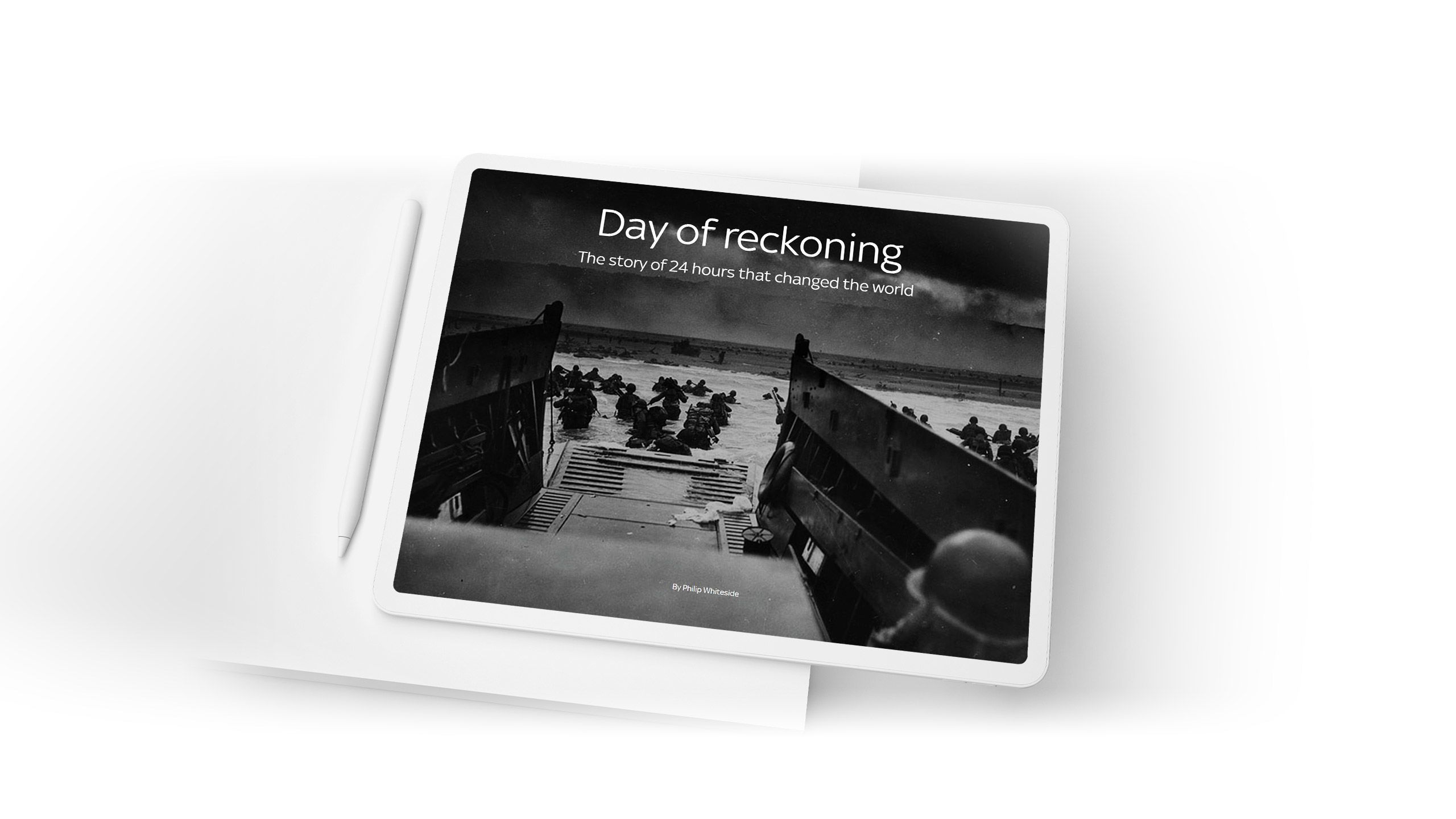
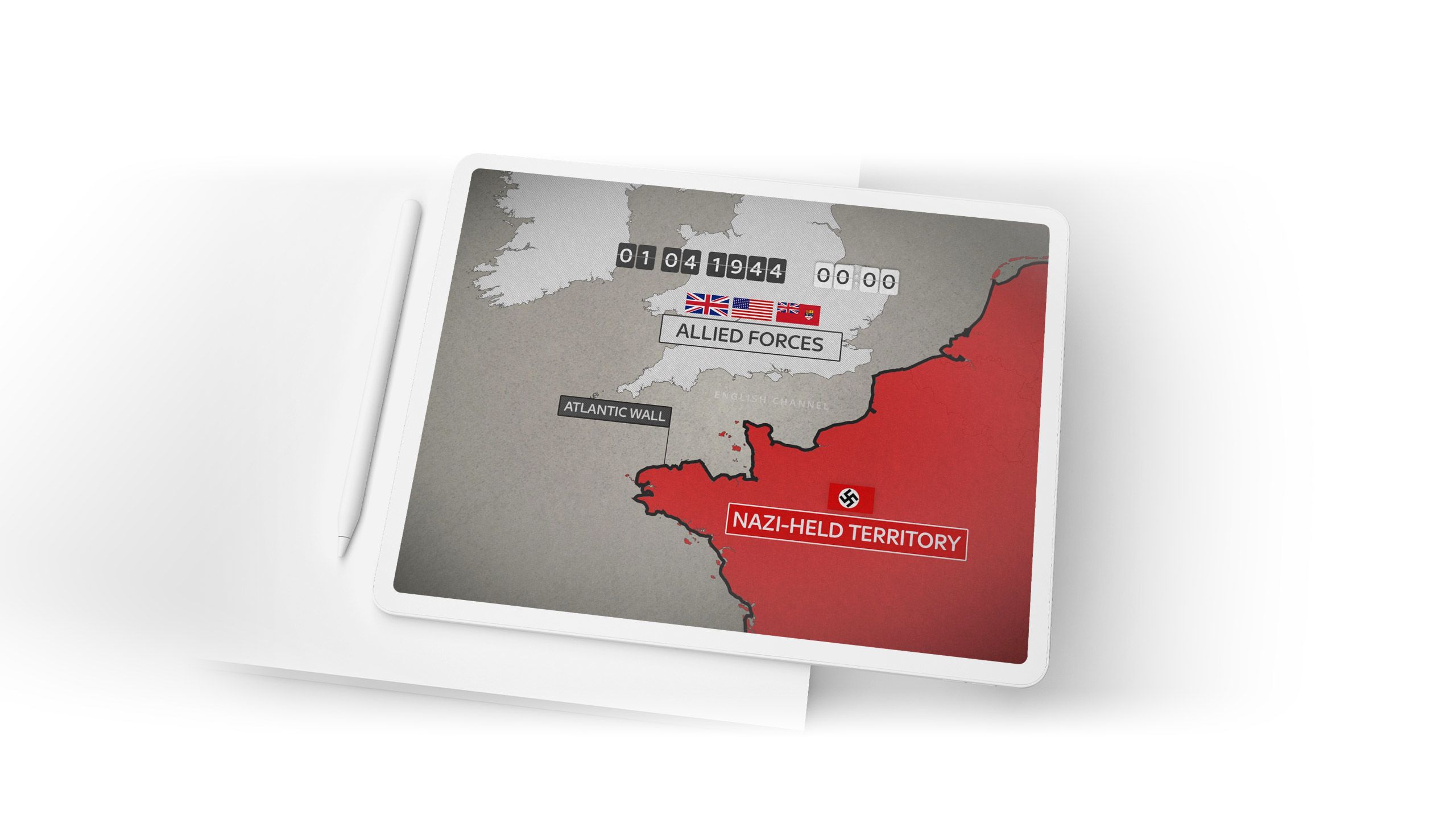
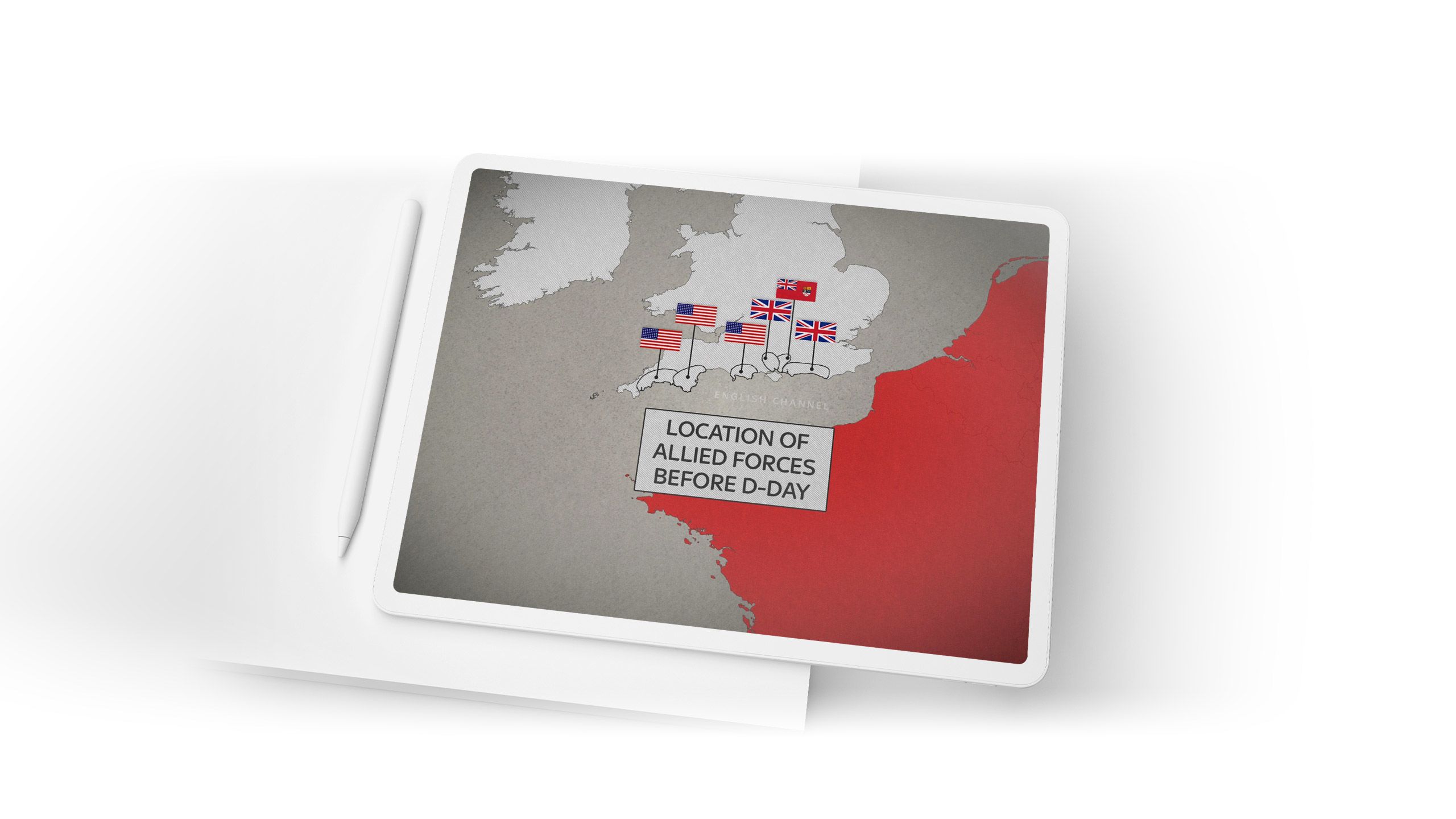
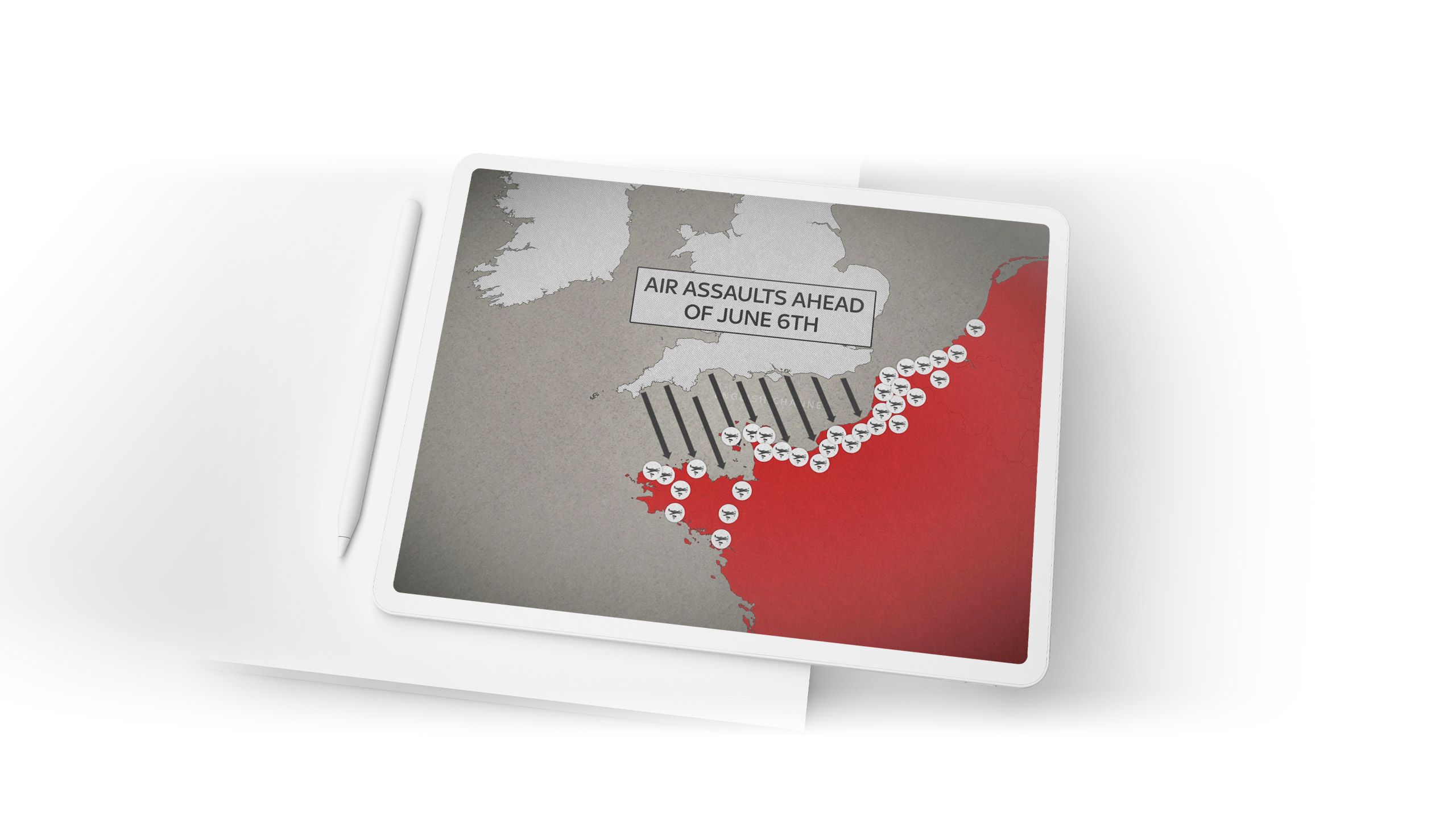
In the past, scrollytelling effects have required a team of web designers and developers to work for months (literally) to build and maintain bespoke stories. While the end results were often amazing, the cost of development was simply too high for any but the largest brands and media companies.
But with tools like Shorthand, the most powerful scrollytelling techniques can be created by anyone with a few clicks of the mouse — no code required — and applied just as easily to full-screen photography as small inline illustration.
Shorthand is the leading digital storytelling platform.
Create stunning, immersive reading experiences in record time.
No code required.

5. Kill your darlings
All digital stories need to go through a rigorous copyediting and quality-assurance process.
You should expect to rewrite your story at least a couple of times, incorporating feedback from subject matter experts, colleagues, and collaborators.
During this process, you’ll need to say goodbye to some of your favourite words, clauses, sentences, images, and design choices. Steel yourself.
6. Copy your heroes
Digital storytelling is a brave new world, and storytelling platforms are routinely building out new tools and techniques.
The best way to make the most of new techniques is to find some examples you really love, and try your best to copy them. Imitation is the sincerest form of flattery; it’s also the best way to learn.
We're here to help with a regular feed of the best digital stories on the web through our newsletter, The Craft.
If you just can't wait, go take a look at our Featured stories page for a huge selection of great stories across a wide range of topics, industries, and geographies.
7. Don't get too poetic
With a few exceptions, marketers aren’t poets. That means marketers shouldn’t try to inject lush, syntactically complex prose into their content.
While it's obviously better for your writing to be beautiful than not, the blunt truth is that many attempts at ‘lyrical’ marketing end up as confusing word salads.
And as everyone knows, you don’t make friends with (word) salad.
We most often see faux-poetic word salads with descriptive writing. So if you’re describing a product, image, or scene, step back and ask yourself if that third adjective is really going to improve your story.
Check out our roundup of 14 writing tools for the web.
8. Be intentional with your visual techniques
Shorthand was built to make it possible for anyone in to build beautiful digital stories — not just web designers and developers.
The Shorthand editor has a range of features and templates that can be used by writers and marketers to implement the latest digital storytelling techniques with the click of a button.
Just because it’s easy, though, doesn’t make it foolproof. Digital storytellers need to be intentional with how they employ their visual techniques. Restraint can be tough with so many appealing options on offer, but it's the key to a cohesive end product. As a rule of thumb, try not to overwhelm your reader with too many different styles, animations or other immersive techniques. Used wisely, these techniques can radically improve the reader’s experience; used poorly, though, they can detract from the purpose of your story.
A great example of intentional visual storytelling comes from Stuff, a media company from New Zealand, with its story: 'The cluster paradox.'
The story’s animation is compelling without overwhelming the reader, and its background illustrations are subtle but distinctive. The interstitial maps do an excellent job of breaking up the story, with regular photos and charts offering additional context.
Interested in building maps? Check our our roundup of interactive map tools or list of brilliant examples of maps in digital storytelling.
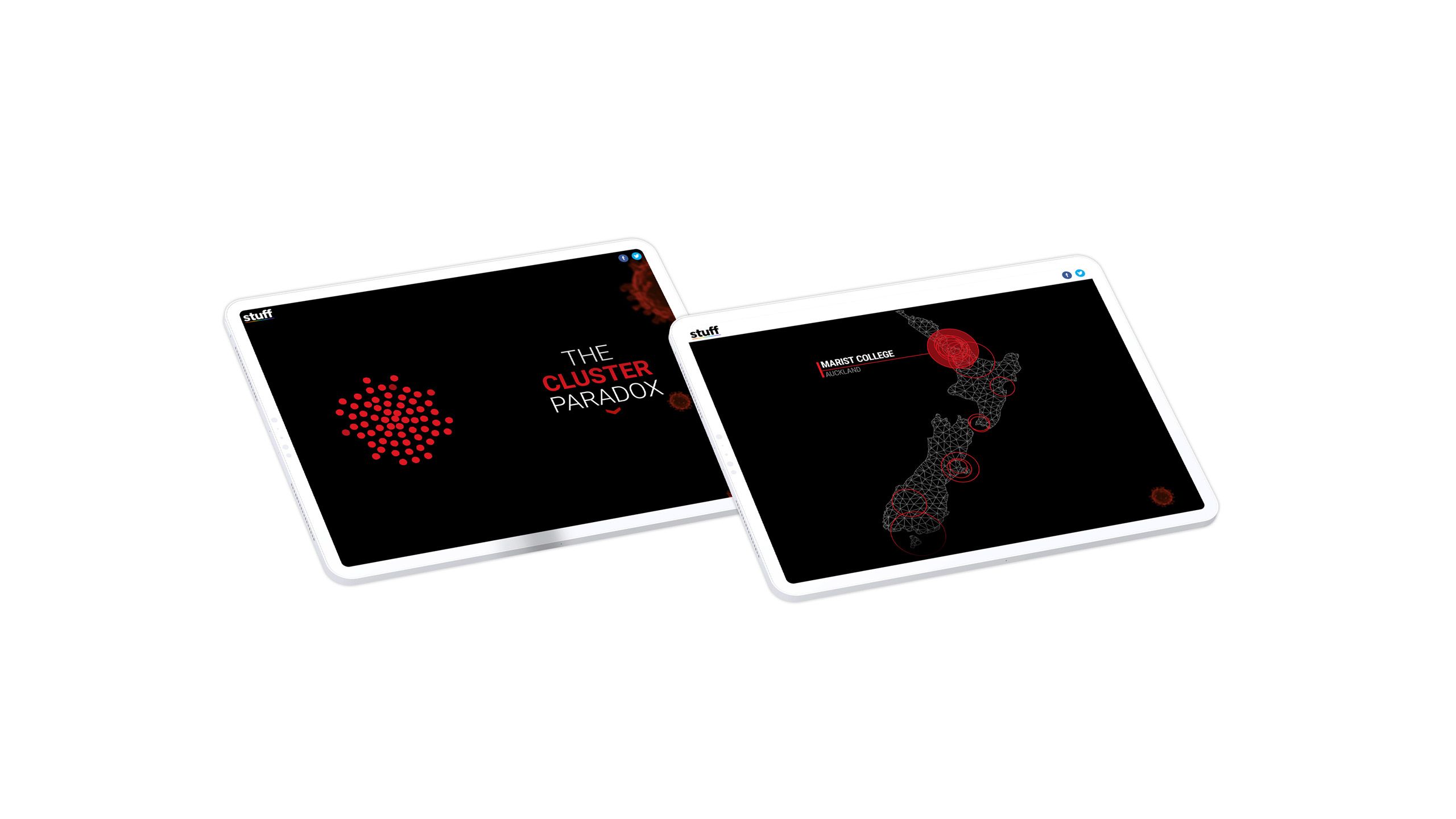
9. Scale with a strategy
Once your marketing team has started with digital storytelling, be strategic with how it is rolled out.
Not all content needs to be published as an immersive digital story. At the same time, digital storytelling can radically improve the results of much of your marketing and communications content.
As with any new approach, it’s worth starting small and building out a workflow for you and your content team. Aim to publish regularly — and track your results, so you can calculate the ROI of any solution you implement.
Start experimenting today — publish your first story with Shorthand, and decide for yourself which tools and techniques will work best for your digital stories.